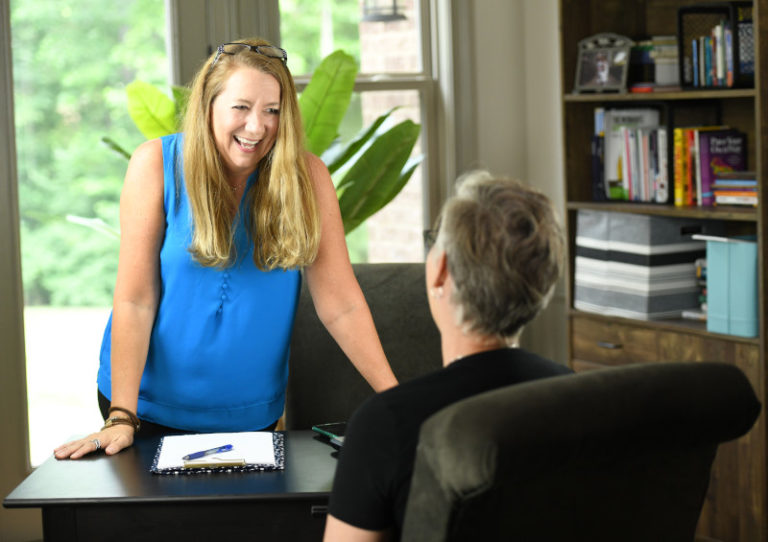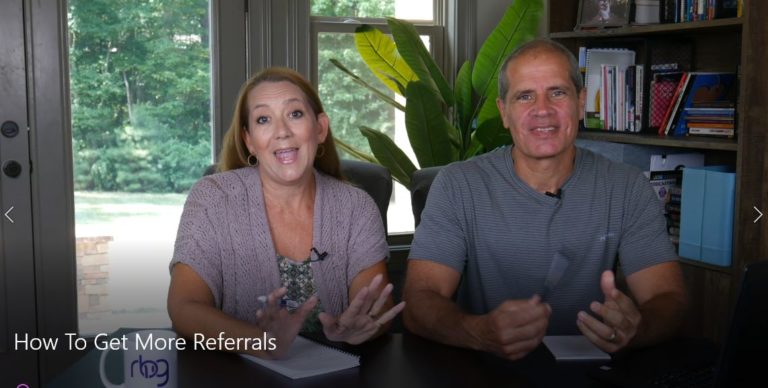Book Review “Kiss Your But Good-Bye” by Joe and Bob Azelby

So, the other day I was chatting with a colleague of mine, and we were discussing that people BUT this and BUT that (constantly using it as an excuse for everything under the sun) and we were talking about how it works! They don’t expect as much from themselves, and others don’t expect much from them either because they always have a BUT excuse!
“I would love to ___________ (start my own business, lose weight, get healthier, etc.) BUT I just don’t _________(have time, have the money, have the know-how, etc.). “
We were discussing what it would be like if they simply changed the BUT to AND:
“I would love to ___________ (start my own business, lose weight, get healthier, etc.) AND I just need to _________(make time, figure out the money, learn the know-how, etc.). “
Anyway, right after breakfast I went to the bookstore to search for my next book to review (for ya’ll!). As I was searching the titles in the business and marketing section, I came across this book Kiss your BUT Good-Bye! HA! After I got done chuckling, I took a picture of the book and immediately sent it to my friend.
I decided that this was definitely a sign that I should get that book and read it. So, I checked it out, and over the course of the next few days I dived into the BUT book. Although it didn’t have the same BUT/AND concept that we were discussing, it did have some very interesting lessons that I will apply for myself and to my own business and hopefully you can as well.
Like always, if you are reading this review and parts of it resonate with you then I highly recommend you head over to the bookstore or Amazon and pick up a copy for yourself. What I get out of a book and what you do may be a bit different.
Although there was no Earth shaking Ah-Ha moments with this book, it was a very entertaining read because the authors’ slapstick play on the word BUT was a constant funny-bone tickler. Once you get past the juvenile BUT jokes and references and really dive into the meaning behind what they are saying, you quickly realize that you probably have several BUTs in your life that are holding you back. I started to associate the word BUT to terms like weakness, problems, developmental needs, and skill gaps. I realize that I do have some, and I am now confronting those and trying to make my BUT smaller (pun intended).
For those of you that work in a corporate or small business environment where you have coworkers and team members, this could be a very effective book – useful to provide more productivity and awareness within the company if you use it as a team exercise or workshop topic. For those of us that are individual contributors, understanding our BUTs and working to make them smaller will help us in our client relations, our collaborator relations, our networking efforts and more as we go about our business on a daily basis.
Knowing your BUT can help you take ownership of your career.
You control your behaviors and actions and BUTs are like bad habits – you have to be intentional and aggressive in order to change them. First you need to understand what they are. Sometimes others will let you know what they are. However, the authors make it very clear that although other people know your BUT (they see it in your actions and your words), they might not be willing to talk about it to you. This goes back to ‘perception is reality’. Your reality is based on what everyone else’s opinion is of you, their perception of you, and your BUT is a big part of that whether you recognize it or not.
Self-evaluation may be necessary to find out why your BUT is there to begin with. It may be something that happened in your past, it may be something from your upbringing, or it may be something that your life journey has taught you. It could reflect what you’re currently dealing with, it could be a host of several different things, it could be a defense mechanism. You need to discover why you have a BUT in order to deal with it because although we all have disappointments and setbacks, those shouldn’t turn into BUT’s.
The authors encourage us to find our BUT by first figuring out our personal aptitude, personality, and natural behavior tendencies. Once we know these, we will better be able to assess our BUTs and then deal with them.
Aptitude is an innate component of us that has to do with competency to do a certain kind of work at a certain level. In other words…are you good at something or not.
Personality is the pattern of feelings, thoughts and activities that distinguishes one person from another. In other words: this is just who you are.
Behavior is the manner in which one conducts oneself when acting or responding to external stimuli. In other words: how do you act when you are working alone or working with others in various situations.
In most cases these three aspects play off each other. For instance, if you’re impatient (which is a personality trait) you might prematurely take action (which is behavior). So, you might say your BUT is impatience or premature reactions. The key to defining and managing your BUT is to get a deep understanding of your aptitude, your personality and all of those behaviors – wanted and unwanted. Understanding yourself, doing that continuous self-assessment and self-reflection is what will help you to improve and decrease your BUT.
Figure out what you’re good at, what you enjoy doing, what activities energize you, what makes you strong, your dreams ,your energy, what undermines your self-confidence, who you are, what you value, what you want, how you interact with others, what you do in certain situations, how you behave in a way that can either hurt or help others. Then find your BUTs.
People are generally kind and courteous and sensitive to your feelings. Most of them are lousy at telling you the truth. Find someone in your life that will tell you the truth. Find a Truth Teller – someone in your life that will speak truth and reality to you and point out your BUT in a loving and constructive way. Seek out someone who is willing to speak to you about your BUT – you need to listen to them. Listen closely, do not argue. Do nothing, sit there, and listen to what they have to say. Then really do some self-reflection and figure out exactly what you need to do. Don’t protest it. Take responsibility for it and own it so you can manage it.
Once a BUT has been brought to your attention there are five stages of processing your BUT.
First is denial. You may refuse to believe it, blame others.
Second is anger. You might get mad at the Truth Teller or others.
Third is bargaining. You try to bargain your way out of your BUT. You try to convince yourself that you don’t need this job, or you don’t need that person in your life. You ride on the justification cycle.
Fourth can be depression. You find that changing your BUT is hopeless, and you can’t change so others are just going to have to deal with it.
Fifth is acceptance. You accept that you have a BUT and you need to deal with it.
Once you have heard their opinion of your BUT, or you have realized your BUT, it is time to take action.
If you don’t deal with your BUT, think of all of the missed opportunities, all of the things that hold you back from achieving your dreams. Your BUT is the biggest thing in your way. That lack of self-awareness is going to hold you back and have opportunities ripped from your grasp. Your BUT is the source of many failures, and if you choose to ignore it, it will continue to have a negative effect on your life.
There are three components to whipping your BUT into shape:
- Make a sincere effort to improve in the area where you are weak.
- Reduce the negative impact your weakness has on your life, your business and your organization.
- Change how you are perceived by others so when they think of you they no longer think of your BUT, instead they see your strengths.
A wonderful way to start dealing with your BUT is to partner yourself with people you know who are strong in the areas you are weak. If you are lucky enough to find someone with an opposite BUT in their life, you will complement each other beautifully.
For example, I am not incredibly detail oriented when I write. My husband (and business partner) reviews, edits, and then posts most of my writings. I know that it’s a weakness of mine, I am working on it, and in the meantime, he is a perfect partnership for me in business because he will go back and do the details.
I, on the other hand, am very sociable and can be the face and voice of our business while my husband is more of the technical-operation side of it. Again, we play to our strengths and reduce the visibility of our weaknesses – a.k.a. our BUTs.
In a perfect world, all of us would prefer to spend time only doing what we like to do. We prefer to do the things we are skillful at, the things we have aptitude for, and the things that are our strengths. Partnering with someone who has opposite strengths can help us because then we don’t have to do those things that are the BUTs in our life quite as often. However, we still need to work on increasing our ability to deal with those weaknesses and making those weaknesses our strengths to the best of our ability. The only way to do this is to be open and honest with the people in your life that can provide that needed strength for your weakness as you work on your BUTs.
“You can’t get away from yourself by moving from one place to another.”
Earnest Hemingway
You cannot run from your BUT. So, deal with it!
10 things to reshape your BUT:
- Process if your career is progressing as you had hoped. If not, write down the BUTs you know that you have – list them all.
- Go to your Truth Teller and advise him that you found your BUTs and give him your list. Ask him to add to it and rank your BUTs.
- Ask questions of others to get clarification on how you are perceived.
- Confirm with those closest to you that the list is complete and accurate.
- Ask someone you trust to keep you accountable as you work on them.
- Make a highly visible commitment to improve. Let others know you are working on your BUTs aggressively.
- Seek out opportunities to work on your BUT. Put yourself in situations where you would normally fail in order to intentionally work on your BUT.
- Identify and list people that can help you cover your BUT, and partner yourself with people who have your weaknesses as their strength.
- Ask people around you what their BUTs are and how you can help them. They will then be more willing to help you.
- Try to get everyone in your work environment involved in the BUT challenge.
We all have a desire to be better. We all have a desire to be perfect (although that is unattainable).
“Our greatest glory is not in never falling but in rising every time we fall.”
Confucius
There are many BUTs listed in the book for you to ponder. Go pick up a copy of the book to see what the authors have to say about Aptitude, Personality and Behavioral Buts. They have done a great job of providing not only an explanation for many of them, but also steps to take as a solution. Enjoy!
*NOTE: Since I am taking notes straight from the book, sometimes I quote it directly and sometimes I have paraphrased. If I have quoted directly and did not cite – please know it was an oversight. Other times I have put the thoughts of the author into my own words so that I can retain it better in my own way. I give full credit to the author of the book for all the thoughts, ideas, and lessons contained in this summary. Yes, it makes me think, and yes, some of my own personal thoughts are on these pages. But the author deserves the credit. This is a book review and is intended to give you a broad overview and my thoughts on the book. My hope is that the author’s wisdom will flow through me into your hands. I highly recommend that if you see “gold-nuggets” in these brief notes that you pick up a copy and read it from cover to cover.









Responses